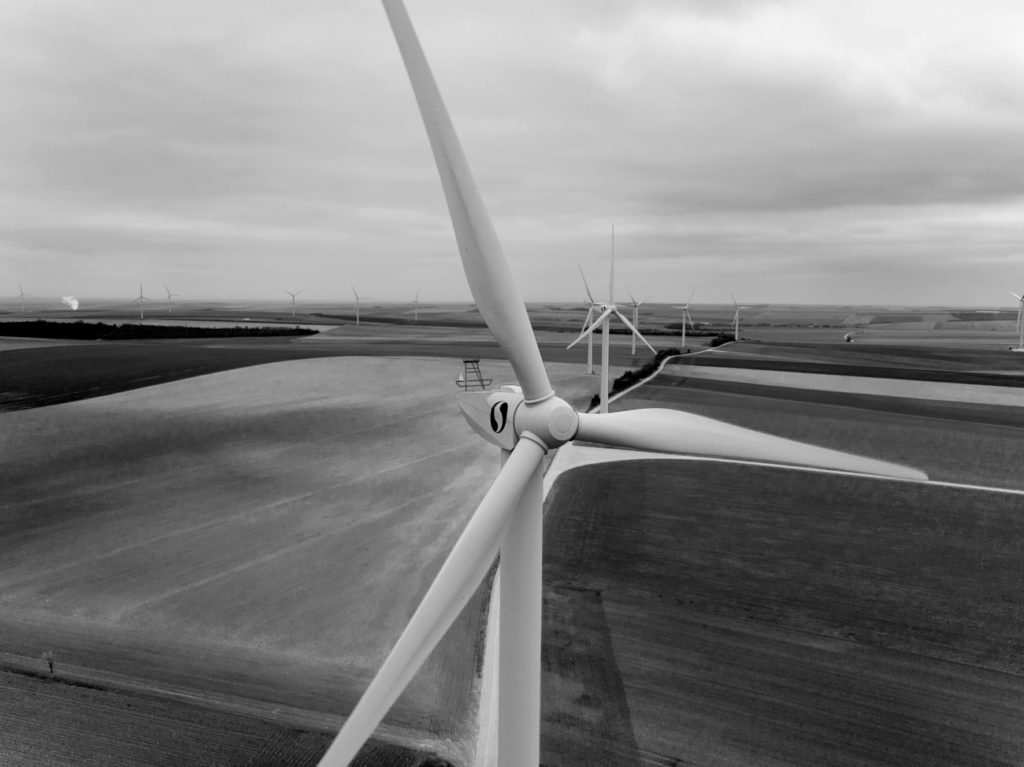Energy & climate
The existence of a global warming phenomenon was identified as early as the 1950s and led to the organization of the 1st Earth Summit in Stockholm in 1972, followed by the Rio Summit in 1992.
It was in Rio that the Climate Convention was adopted, recognizing the need to reduce greenhouse gas emissions, and the Kyoto Protocol was signed in 1997.
Today, the effects of global warming on the environment and on economic and social development are well identified, but most of the effects are still to come, given the rate of our current emissions and the strong inertia of the biosphere.
To preserve our climate, it has become urgent to take concerted and sustainable action on a global scale. Individual and collective awareness must lead to changes in behavior combining greater sobriety (quantity), greater efficiency in the use of energy (yield) and recourse to less emissive energy sources (quality). This unprecedented project, on a human scale, will take several generations to complete.


Noria’s investments are part of this climate protection approach. It finances companies involved in decarbonized energy, mainly energy infrastructure developers, with or without clean technology, in the following sectors :
● Renewable heat
● Wind, PV, hydroelectricity
● Biomethane and hydrogen
● Energy efficiency
● Energy storage and CO2 capture
Parcs eoliens
Cette première centrale de 6 éoliennes de 1,5 MW SENVION fonctionne depuis début 2007, et assure une production moyenne de 20 GWh annuels (société Éoliennes des 4 chemins) dont Noria a conservé la pleine propriété.
Éoliennes des 4 Chemins a obtenu en 2014 l’autorisation d’exploiter et de construire une extension de 9 MW à proximité du premier parc. Cette extension sera raccordée au 4ème trimestre 2016. Trois éoliennes Senvion de puissance unitaire de 3 MW de 122 m de diamètre seront mises en service en janvier 2017 – concomitamment avec la société Quadran qui a co-développé le projet et qui installera 2 machines identiques. Ces éoliennes seront les machines avec les plus grandes pâles éoliennes installées sur l’ensemble du territoire français à cette date, confirmant les gains de productivité significatifs et continus de l’industrie éolienne. Le taux de charge moyen du parc atteindra 34% (P50) – contre 26% dix ans plus tôt sur le même site avec le même constructeur.
Noria compte mettre à profit son expérience et ses moyens pour intensifier son activité dans le développement, la construction et l’exploitation de parcs éoliens, considérant la pertinence et l’efficacité croissance de ses technologies pour la production énergétique. Aussi, Noria développe actuellement en association étroite avec la famille Cousin, un nouveau parc éolien de 20 MW sur les communes de Connantre et de Fère-Champenoise dans le département de la Marne (51).

Our holdings
Energy & climate
January 2016
Developer, builder and operator of wind farms, ground-mounted PV parks and hydroelectric power plantsMarch 2019
Design of high performance mobile batteries